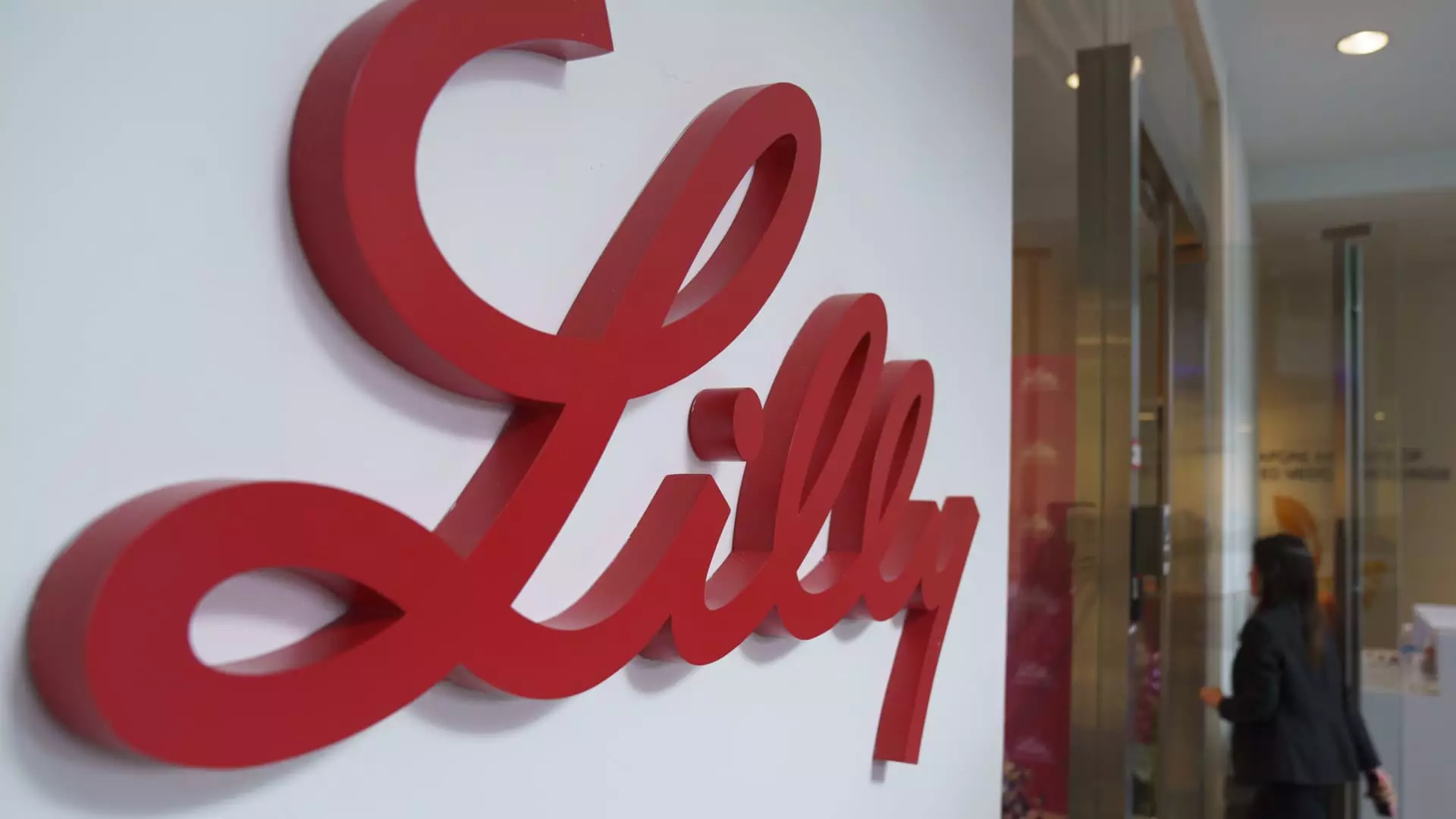Eli Lilly & Co. has recently adjusted its revenue guidance, reflecting a more cautious stance on the performance of its diabetes and weight loss medications. On Tuesday, the pharmaceutical giant announced its anticipated revenue for 2024 would be approximately $45 billion, a slight decline from the previous estimate of $45.4 billion to $46 billion. This adjustment led to a notable drop in the company’s stock price, which fell by over 7% in midday trading, highlighting the market’s sensitivity to shifts in earnings expectations.
Despite the reduced forecast, Eli Lilly’s revenue projection still signifies a robust 32% increase from the previous year, indicating that the company remains on a growth trajectory. This growth primarily stems from the increasing demand for its diabetes treatment Mounjaro and weight loss drug Zepbound, both of which are part of a burgeoning class of medications known as incretin drugs.
Production Capacity and Future Expectations
To meet the rising demand for these medications, Eli Lilly has heavily invested in expanding its manufacturing capabilities. The company’s ongoing efforts appear to be fruitful, as evidenced by the recent declaration from the Food and Drug Administration (FDA) that the U.S. shortage of tirzepatide, the active ingredient in both Mounjaro and Zepbound, has ended. In a discussion with CNBC, CEO Dave Ricks expressed optimism regarding the company’s production prospects, stating, “tons of supply coming online” will bolster their ability to meet market needs.
The company is anticipating a significant increase in manufacturing output, projecting at least a 60% rise in the sellable doses of its incretin drugs during the first half of 2024 when compared to the same period in the previous year. Moreover, for the fourth quarter of 2023, Eli Lilly is expecting revenues of $13.5 billion, benefitting notably from Mounjaro and Zepbound, which are expected to generate $3.5 billion and $1.9 billion, respectively.
Heightened Competition and Strategic Opportunities
Eli Lilly’s market position is increasingly competitive, particularly as it faces challenges from Novo Nordisk and several smaller firms in the rapidly growing diabetes and weight-loss drug sector. This competitive landscape necessitates that Eli Lilly not only reinforce its manufacturing capacity but also innovate in product development. One strategic initiative currently in the pipeline is the advancement of an oral obesity medication, which could provide patients with a more convenient treatment option and simplify the manufacturing processes.
Diving into the numbers, Eli Lilly’s latest guidance suggests fiscal 2025 projected sales could range between $58 billion and $61 billion, underscoring the company’s long-term growth ambitions. Despite the recent shifts in guidance due to unforeseen factors such as channel inventory dynamics and overall market growth, the company is still poised to capture significant market share, signaling a resilient strategy in a competitive industry.
Overall, while Eli Lilly’s adjustments reflect immediate market conditions that are less favorable than previously anticipated, the pharmaceutical leader remains steadfast in its commitment to innovation and operational integrity as it navigates a fluctuating healthcare landscape.

